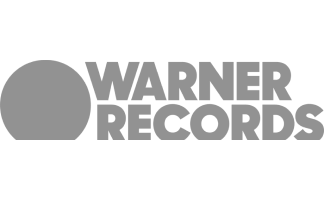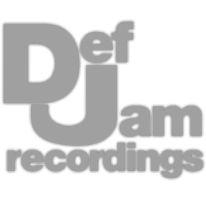Professional Analog Mastering.
Professional Analog Mastering.










When mixing instruments, try to stick to natural sounding EQ curves - ideally 6dB to 12dB per octave for high pass filters and bells respectively. To create more room for instruments, try binaural panning on pads and similar types of droning instruments to fill out the stereo image.
For this video, let’s focus more on mid-frequency instruments like keys, guitar, violins or strings, and so on. Also, the chapters are in no particular order.
When equalizing instruments in a mix, I find that natural-sounding settings work the best - by this I mean using slopes of roughly 6dB per octave. This is especially true for my high-pass filters, which I set to act almost like a high pass and bell on the fundamental.
Let’s take a listen to these filters and notice how they improve the clarity of the instruments in a natural way.
Although typically panning can be useful when mixing, I find that delay-based panning works really well of particular instruments. With a sample delay, I’ll delay one channel by a few milliseconds, and cause it to be placed in the far left and right image.
I wouldn’t use this on the main instrumentation but more for parts that only occur occasionally.
Let’s take a listen.
Speaking of panning, binaural panning is a great way to create a full and complex sound, as well as separate instruments. If your mix has a pad or similar droning sound used for filling the spectrum, try binaural panning and place the signal near the back and have it spread.
This really helps the pad fill the mix and keeps it from interfering with other instrumentation.
Saturation, although often associated with the distortion it causes, is a great way to add some clarity to an instrument, especially if it lacks high frequencies. I’ll use Arturia’s Tape Mello-Fi and saturate my key lead to increase high frequencies, and alter the transient.
I also introduced some of the preamp emulations to distort the mids and give the sound more character. Let’s take a listen to how saturation can increase the perception of high frequencies.
At some point during a mix session, it’s a good idea to send similar instruments to buses where they can be collectively processed. For mid-frequency instruments I’d highly recommend collectively processing them with mild room emulation reverb - be it studio emulation, general room emulation, or IRs of studios.
Giving the instrumentation collective timing helps create a cohesive and natural sound.
Let’s take a listen to the subtle effect this reverb has.
How you compress your instruments is also incredibly important - especially when using bus compression to affect their dynamics and timings collectively. I’ll use the PSP impresser for my bus compression, and try a Fairchild emulation but lower the mix dial in the bottom, while also introducing oversampling and saturation.
I found the moderate release, medium knee shape, and combination of feedback and feedforward compression worked really well at gluing my instruments together and creating a powerful sound.
Let’s take a listen to the effect this compressor has on the instrument bus.
Although I want to focus on mid-frequency instruments like guitars and synths, it’s important to consider how they interact with other signals like the drums. I’ll use the Gullfoss eq on the instrument bus and side-chain my drum bus to adjust the response around the drums.
Let’s listen to the EQ being used without a side-chain, and then how sidechaining the drums creates a more balanced response amongst the 2 buses.
Using my instrument bus, I’ll create a send and parallel track on which I’ll use the plugin MSED to mute my mid image. At this point I have my instruments’ side image isolated - I’ll then introduce a transient expander to generate transients on my instruments’ side image.
Then I’ll blend the effect in with the channel fader. The side image rarely has these types of transients, so including them on our instruments has a really unique but pleasant effect.
Sometimes we can EQ particular signals by equalizing related signals - for example, if my vocal is harsh, I could amplify some of 6-8kHz on my instruments to mask sibilance in the vocal. Or if I want the vocal to have more presence, I could attenuate 2kHz on my instruments.
I find using the instruments’ EQ to affect the vocal often has a more natural sound than affecting the vocal directly.
Let’s listen to these changes and consider how the vocal subtly changes as a result.
If our instruments reach lower frequencies, in particular ones that compete with the bass we can use stereo width to remedy this. The bass will typically need to stay centered or mono, but the instruments’ lows to low-mids can sound great on the side image.
I’ll use a mid-side EQ on the instrument bus and attenuate lows on the mid or mono image - but then I’ll amplify the lows on the side. Although this seems like it wouldn’t work, we achieve room for both the bass lows and instrument lows, as well as keep the sound focused.
Let’s take a listen.
If we want our instruments to have an airline quality, we can set up a parallel send from any instrument or our instrument bus, and first, insert a linear phase EQ that isolates the highest frequencies. Then we’ll use reverb with bright reflections before blending in the effect.
The effect is very subtle but definitely adds something valuable to a mix. Let’s take a listen.